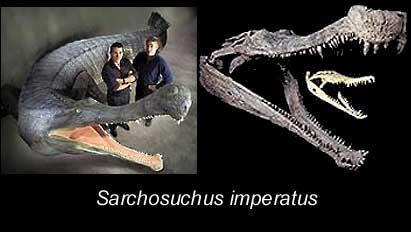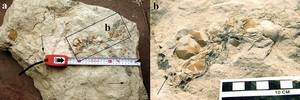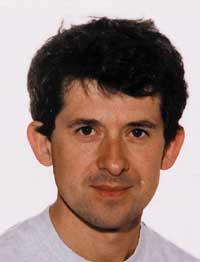Knowledge of the past
2007/06/01 Kortabitarte Egiguren, Irati - Elhuyar Zientzia Iturria: Elhuyar aldizkaria
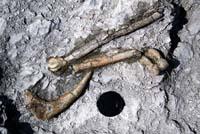
The main objectives of the research are three. On the one hand, know the biodiversity of the past of these groups. That is, know their paleobiodiversity. Specifically, UPV researchers have been able to verify that the sites of Zambrana (Álava) and Laño (Condado de Treviño), for example, provide a lot of information about the life of the past. Secondly, this working group also intends to consider geological and paleontological heritage. And, thirdly, they want to determine the age of various geological formations. In fact, the microfossils of some mammals are a good dating element.
To do this, they first perform paleontological excavations in the deposits. The fossils are extracted with the help of several hand instruments and subsequently cleaned, restored and generally separated in the laboratory. To make the road safe to the laboratory, they protect fossils from large, fragile bones with wet plaster. In addition, they introduce in sacks the sediment accumulated in the excavations and with the help of special sieves, it is proceeded to cleaning in the laboratory to separate the microfossils from the sediment grains.
The conventional paleontological research is carried out, that is, the species or genus to which these fossils belong is studied, or a geochemical study is carried out as desired. Geochemical studies serve to know if the fossils collected come from the place where they have been sedimented or have occurred elsewhere. In addition, the relationship between carbon isotopes provides information about the feeding of these fossil vertebrates. The relationship between the isotopes of oxygen, on the other hand, accounts for the temperatures of the palotenes. However, you have to be very careful. In fact, fossilization processes alter isotope relationships and, often, if the relationship between isotopes is altered, paleontologists should analyze the cause of this alteration.
In short, with all these data, both paleontological and geochemical studies, we can know the evolution of fossils from sedimentation to collection.
Laño and Zambrana, precious treasures
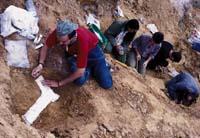
Gathering all the data, the paleontologists of the UPV have obtained interesting results. For example, Laño Cretaceous is one of the richest fossil vertebrate deposits in Europe, as demonstrated by its taxonomic diversity. About 40 fossil vertebrates have been found, of which 9 are new species: Snakes Madtsoia laurasiae and Herensugea caristiorum, Vasconic turtle, Turtles Polysternon atlanticum and Solemys vermiculata, Musturzabalsuchus buffetauti and crocodiles Acynodon iberoccitanus, Lirainosaurus astibidinosaurus dinosauroaurun and Etxebarriesio. Only Lañón, Dragón, Lirainosaurus and Lainodon have found several genera.
In addition, this site has the peculiarity of having found as many microfossils as macrofossils. And that's really curious. In fact, in most of the Mesozoic dinosaur sites, only large fossils are found.
Amphibians, reptiles and fossil mammals of 37 million years ago have been found in Zambrana. Among the latter, in addition, 21 taxa have been described, some of them new.
After years of work, these important deposits and many others still keep many secrets. UPV researchers believe they will be resolved with future research.
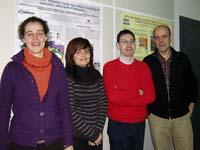

Gai honi buruzko eduki gehiago
Elhuyarrek garatutako teknologia



